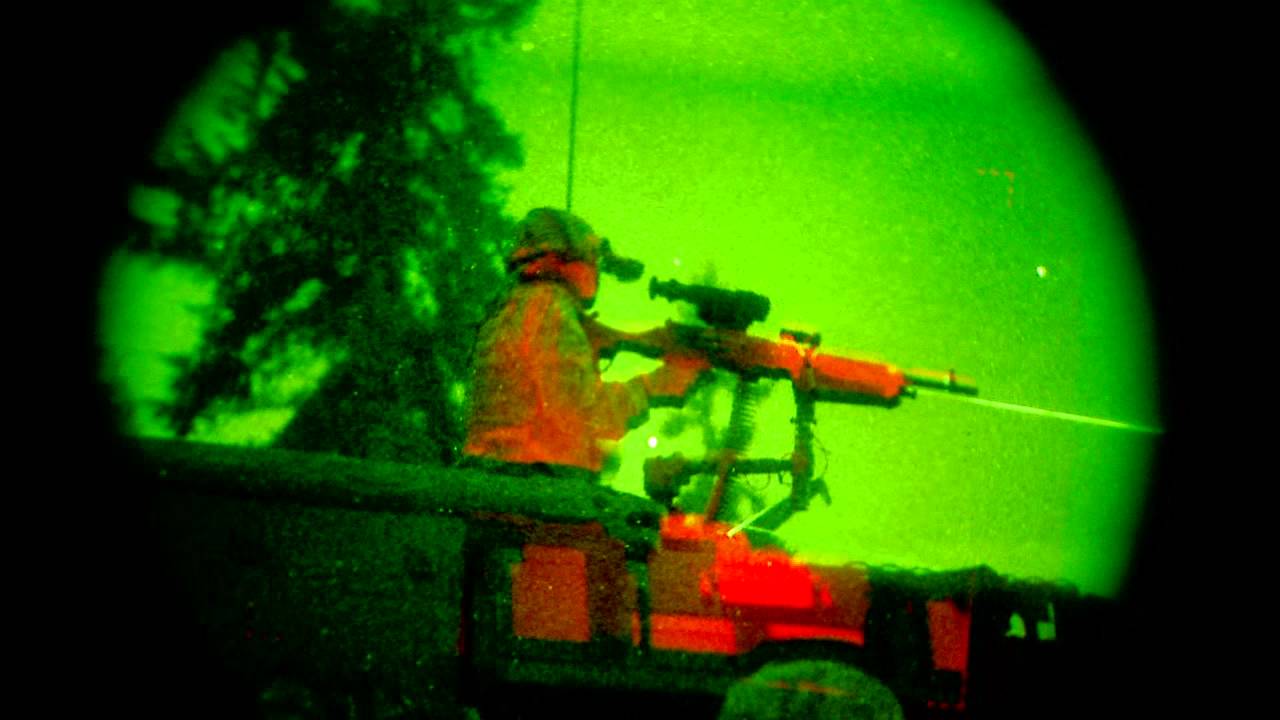Thanx,
One more question , how does it compare with infra red or thermal imaging? ,as follows:
View attachment 42634 View attachment 42635 View attachment 42636
I saw it first a few yrs ago in documentary on gir lions , and immediately thought if this can be used by SF.
Does it provide any pros over the current quad nvgs ?
Yes, Thermal Imaging (TI) is already used extensively by the militaries of the world (both SFs and regulars). The general rule of thumb is that TI is more useful for locating concealed or obscured targets whereas normal night vision (technically called Image-Intensification or I2) is more useful in more menial things like navigation as well.
Navigation with TI is very difficult - you could be looking at a 40-foot drop at the edge of a cliff and wouldn't see it if there isn't much of a temperature variance between the top & bottom of the cliff (and unless your TI is tuned to be sensitive to that variance), as TI uses only the radiating heat from any target compared to its surroundings in order to make that distinction.
I2 uses already-present ambient light (stars, moon, etc.) and amplifies it so you can see such terrain features in the same way as you would in daytime (light bouncing off the object and into your eyes).
Both have their pros & cons and it would take quite a bit of time to go through them all.
+++
More recently, advancements in NV tech have lead to 'fused' output. Where a Thermal signature that falls within the targeted gradient (typically the temp of human body heat) can be overlaid on top of an otherwise normal I2 green phosphor screen. Giving the wearer both the pros, but seemingly none of the cons, of either methodology.
A production example would be the ENVG (AN/PSQ-20) of US Army, or its binocular cousin the ENVG-B:
Companies like L3 Harris/EOTech which are at cutting edge of night vision are also incorporating such 'thermal overlays' into quad-nods as well, this is the latest version of the GPNVG-18, with the TI component in the middle:
Tonbo is also getting into this, though not with their head or weapon-mounted solutions as of yet (only on standalone, tripod-mounted optics).
Also second image is opposite of first means hotter objects are darker ,while in first hotter objects are brighter.
Yes, typical white hot/black hot setting. You also get a rainbow scale (red=hot, blue=cold) and multiple other modes. The 'colors' in TI are all digital so it all depends on software & programming -
Unlike in I2 night vision where the 'color' depends on the phosphor screen (green phosphor is most common though white also exists and is typically considered better than green).







